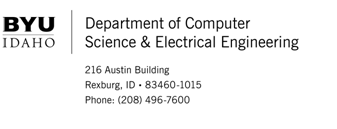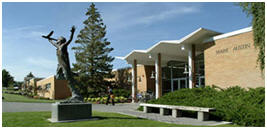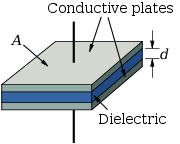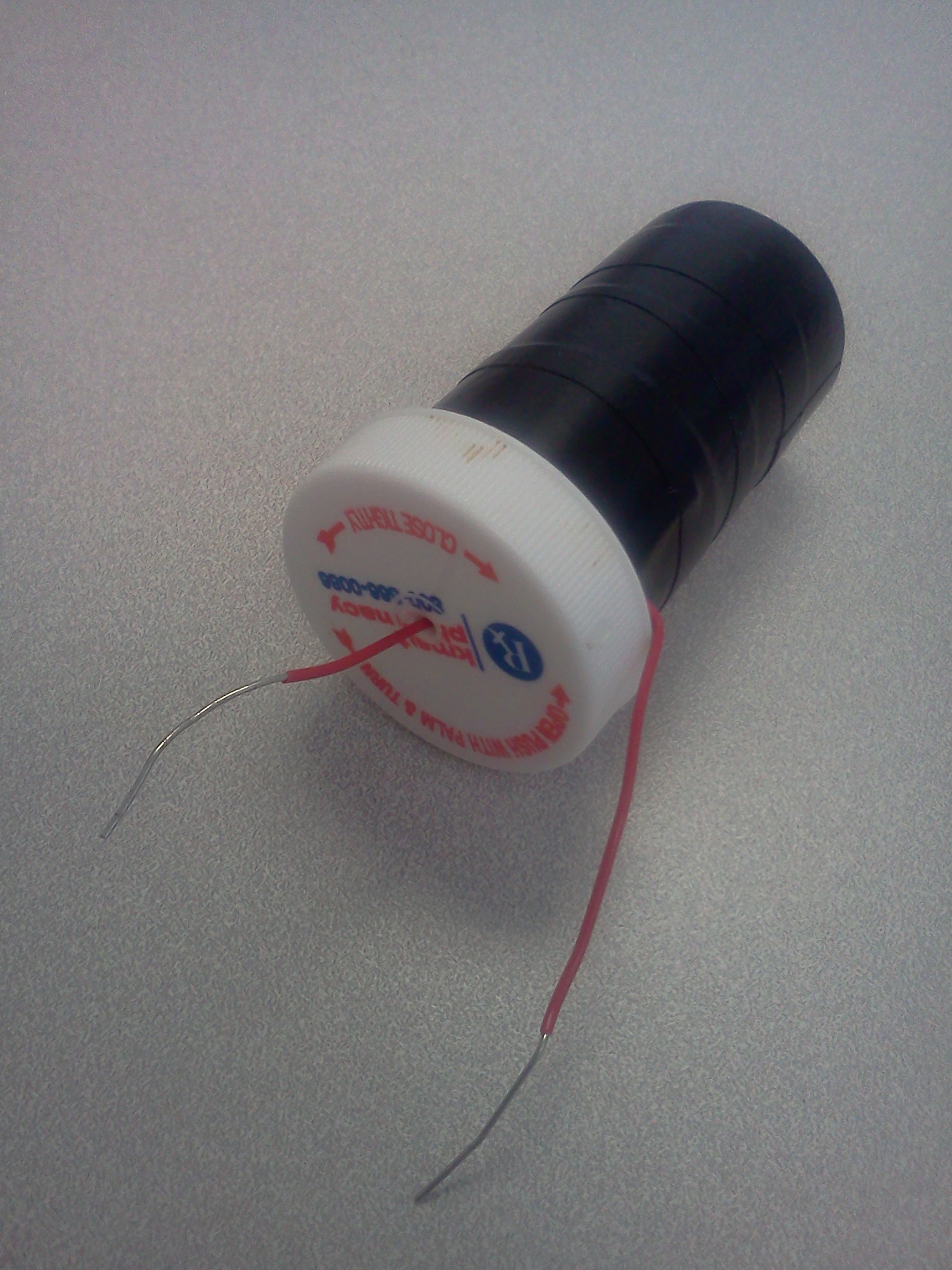ECEN 150 Laboratory Experiment:
Capacitors Purpose: 1. Demonstrate how capacitors are constructed. 2. Demonstrate how a capacitor's physical characteristics affect its capacitance. 3. Become more proficient with using basic laboratory instruments.
Required Materials: polypropylene cylinder, approximately 3 cm (1 inch) in diameter (plastic film canister, prescription bottle, etc.) approximately 20 x 20 cm (8 x 8 inches) of aluminum foil (depending on the size of your polypropylene cylinder) approximately 15 cm (6 inches) of small gauge, insulated wire approximately 30 cm (12 inches) of tape glue stick 9-volt battery
Required Equipment: capacitance meter with clip leads (if available) ruler, or other length-measuring tool calibrated in metric units wire cutter/stripper scissors hole punch
Background: A capacitor is two conductive plates separated by a dielectric (insulator) that stores electric charge.
C = ε0 εr A/d
where
ε0 = permittivity of space
(air)
1. Cut two strips of of aluminum foil with a width about 1 cm (1/2 inch) less than the cylinder's length, and about 1 cm (1/2 inch) more than the cylinder's circumference. 2. Glue one of the aluminum strips to the inside of the bottle. Make sure the inside circumference is completely covered by the aluminum. 3. Glue the other aluminum strip to the outside of the bottle, making sure it wraps all the way around. 4. Measure and record the diameter (in meters) of the cylinder. 5. Multiply the diameter of the cylinder by π (3.142). This is the width of the plates in meters ( w = π x d). Record the width. 6. Measure and record the height of the aluminum foil on the cylinder -- not the height of the cylinder. This is the length of the plates in meters. 7. Multiply the length by the width to obtain the plate area in square meters (A = l x w). Use this value for "A" in the equation; do not multiply it by two. 8. Measure and record the thickness of the bottle in meters. This is the distance "d" between the plates. 9. After making the measurements: (9a) Cut the wire in half and strip both ends of each piece. (9b) Tape the end of one wire to the aluminum inside the bottle. Thread the other end through a hole in the cap and secure the cap in place. (See Figure 1.) (9c) Tape one end of the other wire to the aluminum outside the bottle. Optionally, you can wrap tape around the bottle to cover all of the exposed aluminum. (See Figure 1 and Figure 2.)
Figure 1 Figure 2 10. Calculate the capacitance of your capacitor (C = ε0 εr A/d ). The result will be in farads (F) and will be very small. It is more common to report the capacitance in µF (10 - 6 F) or pF (10 - 12 F). Record the calculated capacitance in pF. 11. If you have a capacitance meter, measure and record the actual capacitance of your capacitor. Instructions for the Tektronix Type 130 L-C meter in the Austin Building: (11a) Turn the Range Selector to a scale larger than your calculated value. You will probably need either the 100 µµF or 300 µµF scale (µµF = pF). The 100 µµF setting uses the top red scale on the meter where each tick mark is 5 pF. The 300 µµF setting uses the top black scale on the meter where each tick mark is 10 pF.
(11b) Leaving
the meter's alligator
clips unconnected, adjust the Coarse Zero or Fine
Zero knobs until the meter needle is exactly on zero.
You will have to do this again if you change scales. Note: If you used a small pill bottle (Figure 1) or film canister, your capacitor will be about 50 pF to 150 pF. The larger bottle, shown in Figure 1, will be about 175 pF to 275 pF.
Discussion & Conclusions: What conclusions can you make? Start with these: How would the capacitance change if you used a paper cylinder, such as a paper towel tube, instead of a polypropylene cylinder? (You may have to consult a table to get the permittivity of paper.) If the two plates are not the same size, how do you determine the plate area?
Notes: You may copy this detailed procedure into your laboratory report -- this time. Put N/A (not applicable) in the Schematic Diagrams section of your lab report.
|
||




